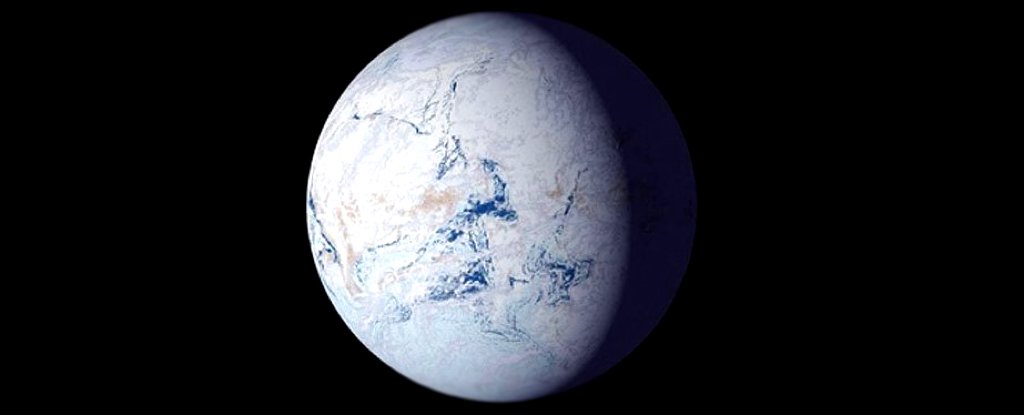
But what on Earth could unleash such devastating, unrelenting cold that most - or all - of our planet would end up sheathed in a frozen sphere of ice and snow?
In other words, the conventional explanation for how a Snowball Earth could transpire is that, in some kind of cataclysmic throwing of shade, a reduced amount of sunlight would reach the surface of the planet, resulting in a cooler Earth that proceeds to freeze over?
Another hypothetical explanation, to do with the carbon cycle, would be the opposite of the global warming crisis facing Earth now: what if our planet had so little heat-trapping carbon dioxide in the atmosphere that we lost Earth's temperate climate altogether, with its warmth drifting off into space.
As Earth gets icier and approaches Snowball Earth, it's frosty coat of ice and snow end up reflecting more sunlight away from the planet, which in turn accelerates the cooling effects already in process.
That's why – at Earth's distance from the Sun, anyhow – our planet theoretically wouldn't get stuck in a permanent Snowball Earth state, despite the perpetuation of ice–albedo feedback.
In the simulations, Arnscheidt and Rothman found that if solar radiation dropped quickly enough for long enough, that in itself could be enough to unleash a Snowball Earth – and all it might take would be about a 2 percent drop in sunlight reaching the surface for 10,000 years, the researchers estimate.